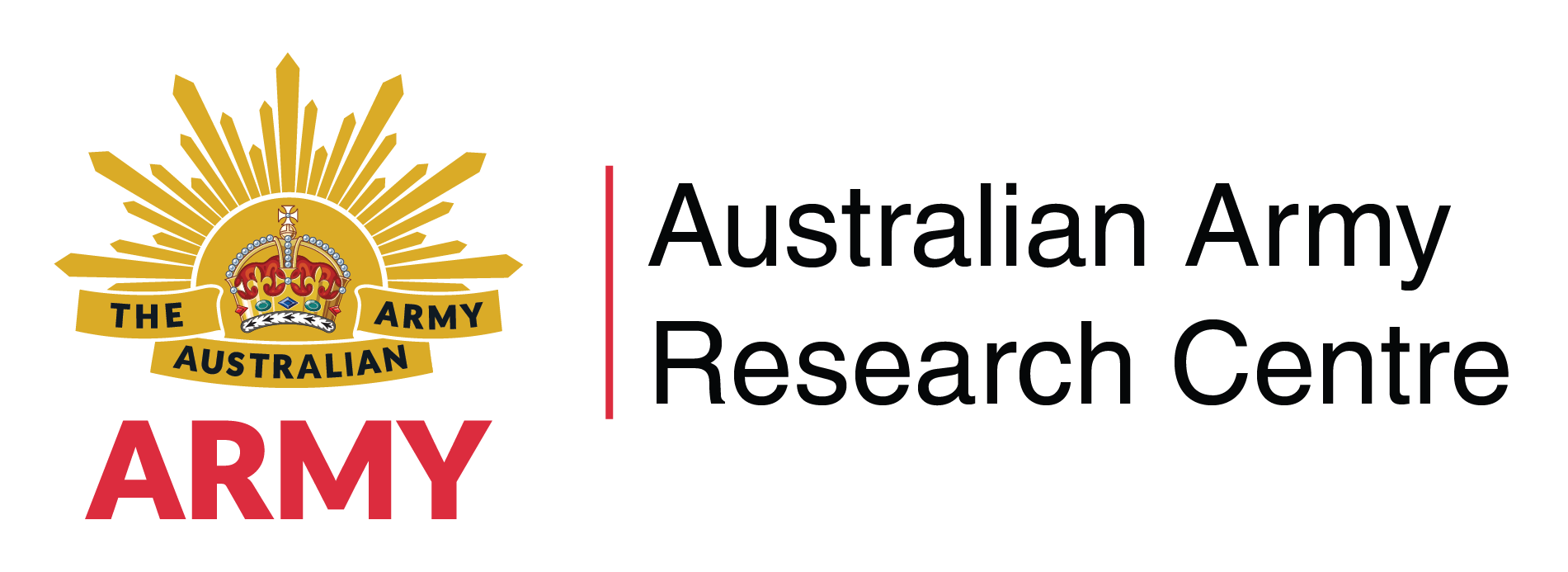Search
Using the filters to the left, click your selection, it will become bold and filter the results, click it again to remove that filter.
In late 1999 Australia assumed leadership of a significant regional military coalition operation in East Timor with the support of the international community. In the aftermath of the Cold War, ‘one– off' coalition operations to enforce peace and restore stability are the most common cause of overseas deployments by any military force. Whether for low-level military support operations or warfighting, it is extremely unlikely that any legitimate military operation overseas will be unilaterally mounted by …
The deployment of an International Force to East Timor on 20 September 1999 under the command of Major General Peter Cosgrove marked an important step in international peace enforcement in the Asia-pacific. For the first time Australia provided lead-nation command to a significant multinational force comprising twenty-two contributing countries - including many regional powers. Providing the largest contingent and assuming the main responsibility for mounting and supporting the operation, Australia made a …
As the Hardened and Networked Army comes into being at the start of the 21st century, it is useful to reflect on previous periods of great change in the Australian Army's proud history. Once such period is ‘mechanisation', where the horse power that moved troops, artillery, logistics and engineering support gave way to tanks, armoured cars, trucks and motorcycles, all in the space of two decades. There is much to learn today, on the eve of the era of network-enabled operations, about the impact new …
Since the spectacular terrorist attacks against the United States on 11 September 2001, military professionals, scholars and policy makers have engaged in a spirited debate as to whether we witnessed an epochal shift in the nature of warfare. Notwithstanding the enormity and depravity of the 9/11 attacks, they did not herald an unprecedented new age of warfare. We are indebted to Clausewitz for the insight that the sustained application of mass violence is generally directed to a political end. Guerrilla …
In a world of complex war and unconventional threats 'amongst the people', of demographic and budgetary constraints and rapidly evolving technology, how does the Army situate itself to fulfil its obligations to the Australian Government? In recent times, the Army has simultaneously conducted high-intensity warfighting, peacekeeping deployments and counterinsurgency operations - and the foreseeable future suggests more of the same. The 2006 Chief of Army's Exercise, a biennial conclave of Army's Senior …
Perceptions of Afghanistan have been dominated by stereotypes. The country has been seen as a mountainous, untouched, inhospitable land, populated by an independent and ferocious people who had a well deserved reputation for stubborn resistance to invaders. This stereotype seemingly unravelled when the US-led Coalition swept across the country in late 2001, defeated the Taliban, and replaced its fundamentalist regime with a democratic government. Unlike in the past, the people of Afghanistan greeted the …
The topic of this paper is the Military Appreciation Process (MAP), which is the structured procedure employed by the Australian Army for operational planning. The paper argues that, while the MAP is generally very effective, it could be further improved by better application of human factors. Specifically, better use of the personal role of the commander, intuition, and creativity will result in both higher quality plans and more efficient conduct of the planning process. The paper draws on a variety of …
In this paper, the author examines the claim that information technologies will allow for wider and more rapid sharing of information. In order to take advantage of the emerging possibilities presented by information technologies, NCW theorists recommend changes to the structure of information age military organisations and changes to the methods for command and control of military forces. Some of their ideas have implications for the traditional function of command. This study paper asks how contemporary …
ADF Operational art is conceptually weak and has been characterised by an intellectually restrictive framework. Specifically, there is no widespread understanding of operational art relevant to Australia's contemporary geostrategic and geopolitical context. The consequence is that there is virtually no culture of campaigning in the ADF that is based on sound doctrine relevant to the demands on the use of military force in the contemporary operating environment. This is compounded by a …
The premise of this study paper is that operational art and strategy are dynamic and contingent practices. Talent, refined by dedicated study of war and warfare, are the critical prerequisites for capable operational artists and strategists. General principles, rules derived from them, and systems based on these rules have only limited value for strategy and operational art. In fact, they may even serve to undermine the practices of operational art and strategy because prescribed principles, rules and …
